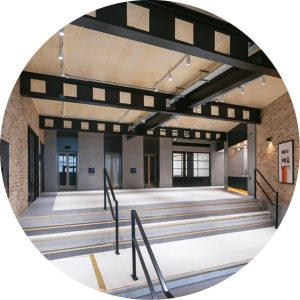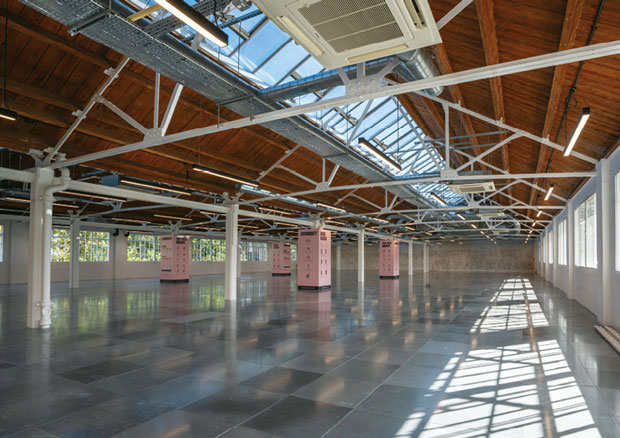CHAMPIONING SUSTAINABLE REFURBISHMENT
The urge to champion exciting, statement new builds is understandable. New builds can be more marketable, and many prospective occupiers will be drawn to newness, as well as an opportunity to truly put their own stamp on a space that no one else has let before. They also may benefit from reduced ongoing carbon consumption in operation due to optimal design efficiencies.
In not challenging this – sometimes – blind preference for newness, however, we risk underplaying the potential of retrofitted assets. This is why it’s so important for us to upsell the, arguably, more worthy achievements of retrofitted buildings to those who may be less familiar with their benefits – including our clients, investors, planners and policymakers.
I accept that this can be difficult when new build assets are just as likely to include all the latest sustainability features that a retrofitted asset would. Although, where retrofitted assets will always outperform new ones though is when it comes down to embodied carbon. When a building is constructed, carbon is embodied in its structure and façade. Retrofits work to keep as much of an existing structure as possible and so ensure that the developer can preserve significant levels of embodied carbon within the building.
 Take, for instance, what we have been able to achieve with the recent refurbishment of Grade II listed Kodak Building in Holborn. Once the historic European HQ of Kodak, the building now boasts 70,000 sq ft of contemporary office space with abundant tenant amenity. Knowing that many new tenants tend to alter or entirely rip out newly installed M&E, we finished five of eight floors to shell & floor, without M&E installation. This approach also cuts down on wastage, cost, time and embodied carbon from use of unnecessary services.
Take, for instance, what we have been able to achieve with the recent refurbishment of Grade II listed Kodak Building in Holborn. Once the historic European HQ of Kodak, the building now boasts 70,000 sq ft of contemporary office space with abundant tenant amenity. Knowing that many new tenants tend to alter or entirely rip out newly installed M&E, we finished five of eight floors to shell & floor, without M&E installation. This approach also cuts down on wastage, cost, time and embodied carbon from use of unnecessary services.
The upfront embodied carbon used in the Kodak retrofit was equivalent to the LETI 2030 Design Target which is relatively low even from a retrofit perspective. It also used considerably less embodied carbon compared to the Greater London Authority and RIBA benchmarks.
ENSURING MEASURABLE PROGRESS
In making a compelling case to both prospective occupiers and fellow industry stakeholders that retrofitted space can deliver the sustainability credentials that they’re looking for, we can’t rely solely on their favourable embodied carbon performance. We also have to demonstrate that such projects deliver what new buildings now deliver as standard.
Assessing the environmental and social impacts of operations is a vital element of doing business in 2024. Alongside other factors like their employer brand or business need, a building’s green credentials are an important factor in a business’ decision to take on new office space. On this front, the adage that newer means better is often deep-rooted within prospective clients. But the fact remains that – from a sustainability monitoring perspective – there is very little that can be achieved with a new build that can’t be in a retrofitted space.
It’s on asset managers to educate tenants about this, and to actively demonstrate how retrofitted buildings can be brought in-line with their expectations of newer buildings. This means asset managers should be working to develop spaces that come with smart technologies such as remote energy usage monitoring and power usage reduction as standard. These inclusions in a development can go a long way to helping prospective tenants to understand how their new office will support their own ESG goals.
Ultimately the number of companies whose customers, shareholders and employees demand robust net zero commitments is increasing at a faster rate than the supply of green buildings (JLL). Building new is just one avenue that we can pursue, and it surely won’t fill the deficit on its own. So, it’s becoming more important than ever to first consider how existing stock can be upgraded before tearing down and starting afresh. Underutilising a retrofit-first approach, or not considering it as a vital part of a more holistic strategy to reach net zero, will result in a major failing on the part of the sector to deliver more sustainable options for clients and investors.





